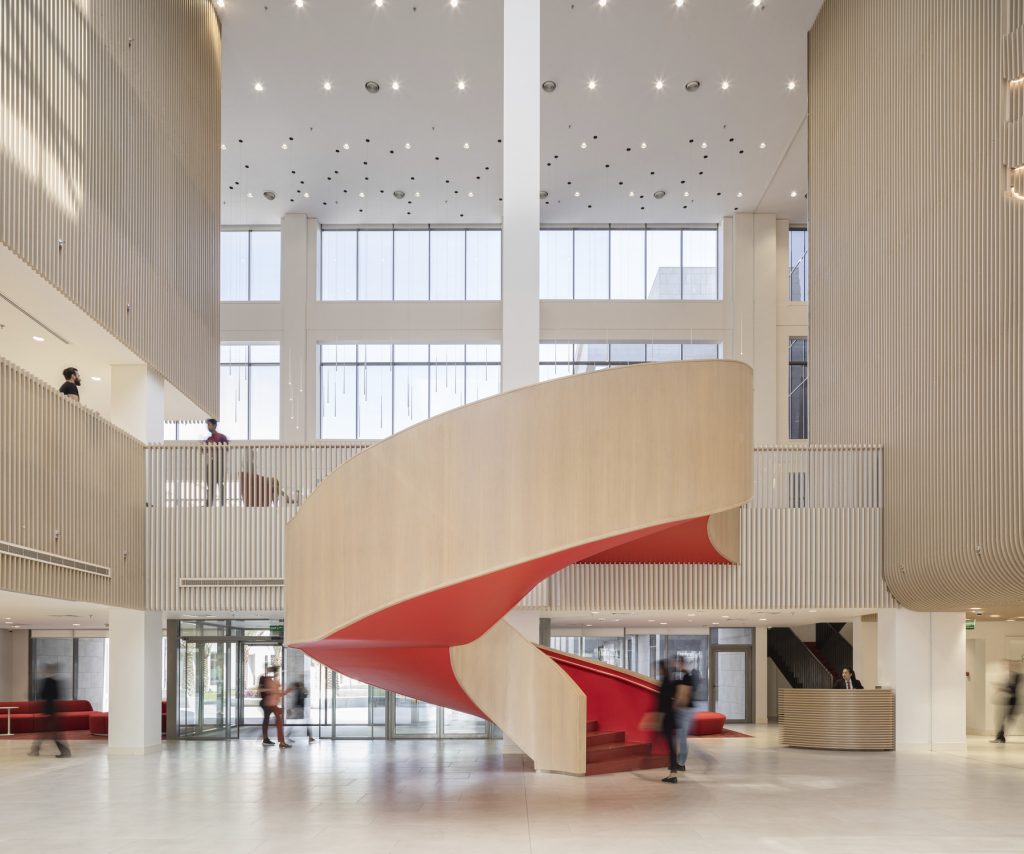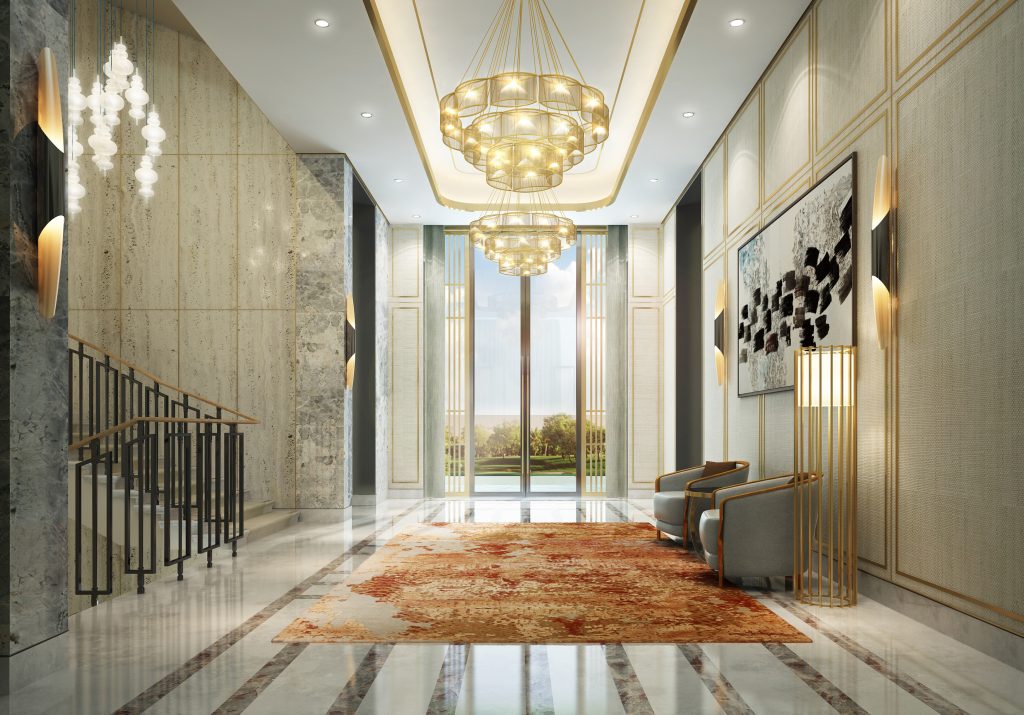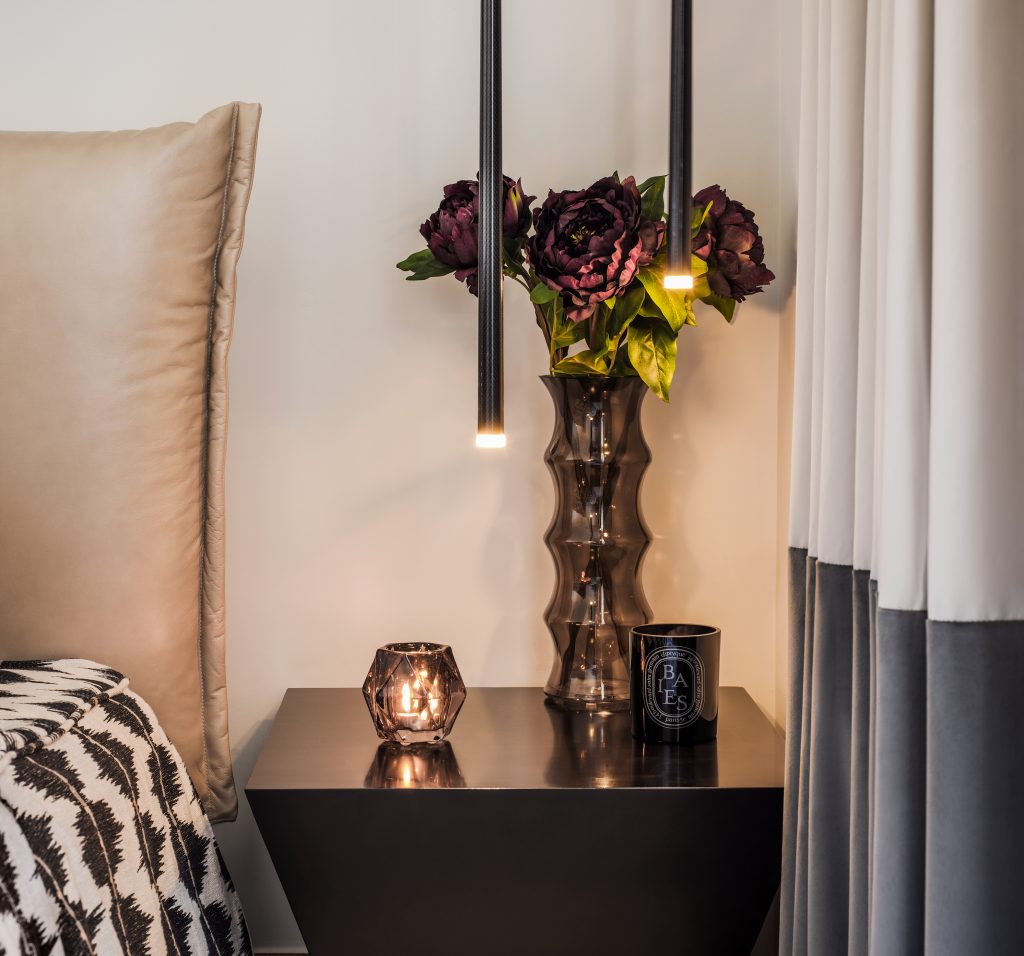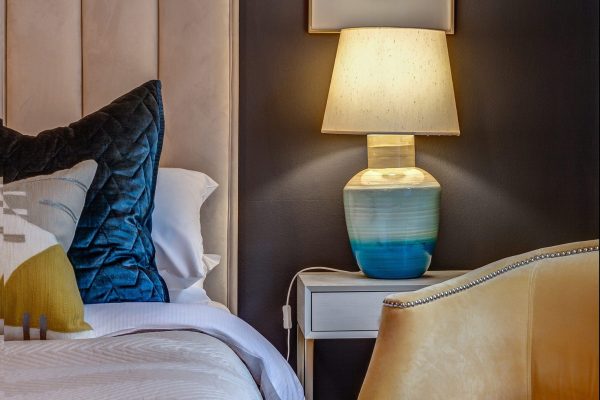An interior designer’s role is multi-faceted, but begins with providing accurate and professional advice for the development and execution of interior design services across the commercial contract or residential sectors. An interior designer can provide initial design concepts and space planning proposals, product and material specifications, as well as coordinate with intersecting trades to manage a project from concept to completion. This can include duties like:
- Providing advice on the interior layout of a space/building and proposing reconfigurations.
- Generating 2D or 3D interior design plans, drawings, mood boards and project visualisations.
- Curating a considered selection of Furniture, Fixtures and Fittings (FF&E) required for implementation and procurement.
- Supplying projected timelines and product schedules to coordinate trades, purchase orders and deliveries.
- Being the point of contact for construction contractors on site, as well as consulting with engineers, architects and trade specialists.
The main goal is to improve the effectiveness, accessibility, functionality and aesthetic appeal of an environment in a way that ensures the safe and optimal occupation and use of the interior space. An interior designer will consider the intended function of a space to curate an environment that is fit for purpose, as well as understand how an interior design scheme can positively impact the end-user. A successful design project will also address sustainability and minimise its environmental impact.
With differing laws for product use and specification across residential and contract sectors, an interior designer must be aware and comply with all related health & safety codes, building regulations, and installation requirements.
Assessing the impact of an interior design
As a designer’s choice directly impacts on the wellbeing and safety of those who will use or occupy an interior dwelling, the advice offered must be accurate and where necessary, independently verified to support recommendations. Inaccurate advice and inappropriate specification may breach laws, incur additional cost, generate delays or increase risks to those who invest in and ultimately use the space.
For example, when a provisional costs price (PC) is quoted for a light fitting, additional costs may be necessary for the designer to instruct the expert and obtain independent advice to be confident that the design specification is compliant, as well as safe.
Providing the interior design service
An interior designer’s minimum task is to define the design and ensure the safe performance of a space. They should plan the space to maximise the function and movement within it, as well as taking airflow, heat, extraction, electrical and plumbing regulations into account. They produce plans and drawings to demonstrate layouts (spatial planning) along with a proposed design scheme. When the scheme is approved by the client, the designer generates a project timeline and specification schedules for the materials required to procure the design. Some designers may also act as the project manager throughout project procurement by giving instructions to the contractors, trade and fit-out specialists.
Consulting with specialist stakeholders
An interior designer is not only an advisor to the client, but often, to other industry professionals on site. Designers may be expected to coordinate with various experts, tradesmen and suppliers in their procurement of products and installation of materials. For example, they may consult with a structural engineer when commissioning a light fitting or require asbestos reports before fitting wall paneling. A designer must therefore possess knowledge across a multitude of skills and sectors.
This multi-faceted profession requires specialist expertise across all stages of design and project fulfilment. With evolving regulations, product innovations and compliance laws, designers must invest in ongoing learning to stay up to date with industry standards. Find out more about SBID's CPD training opportunities.
The distinctions within the profession of interior design:
International differences in the role of an Interior Designer
In many countries, the title 'Interior Designer' refers to the skills and remit of what the UK describe as an 'Interior Decorator'. The confusion relates to protection of title. In Europe, an Interior Architect describes the same remit and skill of a British interior designer, but as 'Architect' is a protected title in the UK it cannot be used to describe an interior designer. Descriptions of the role and skills of interior designers differ around the world, unlike that of an Architect, Lawyer or Doctor where the title is clearly identified.
SBID aimed to clarify the role and definition by identifying the various sector specialisms within interior design that require specific compliance laws. A clear understanding of roles and obligations is core to the teaching structures and course content which trains new professionals. SBID continues to work towards title recognition for an Interior Designer in the UK.
What qualifications do you need to become an interior designer?
In the UK, anyone can describe themselves as an ‘interior designer’. Therefore for consumer protection, separation and distinction from the masses of hobbyists is paramount.
SBID is the leading organisation and accreditation body for Interior Design in the UK. SBID Accreditation denotes an enhanced level of professional qualification and work experience beyond university education. Designers can join SBID at any stage in their career and progress through the membership levels to achieve the highest level of practice as an fully SBID Accredited professional.
SBID also accredits university course content as fit for professional practice, offering students enrolled at any recognised interior design course free student membership to begin their professional journey with us and enhance their career prospects.
What training is required to become an SBID Accredited Interior Designer?
Independently qualified, an SBID Accredited designer is equipped to provide optimal design services for the public’s protection. To be recognised at the highest level of competence with full SBID Accreditation, a minimum of three years full-time learning at degree level, plus three and a half years’ work experience is required. SBID also offer pathways to accreditation for those who have not studied a formal degree to assist in their professional development as a fully trained practitioner
All SBID registered designers must make an annual commitment to acquire 24 points of SBID Approved CPD to demonstrate continuous learning and industry engagement. They must meet SBID's standards with background checks to ensure they are awarded a level of accreditation aligned to their experience and training, taking into consideration the type and scale of projects they undertake.
SBID Accredited Designers are therefore professionally qualified, insured, skilled and abides to the SBID Code of Conduct and Ethics. Click here to explore our professional network.
Explore SBID
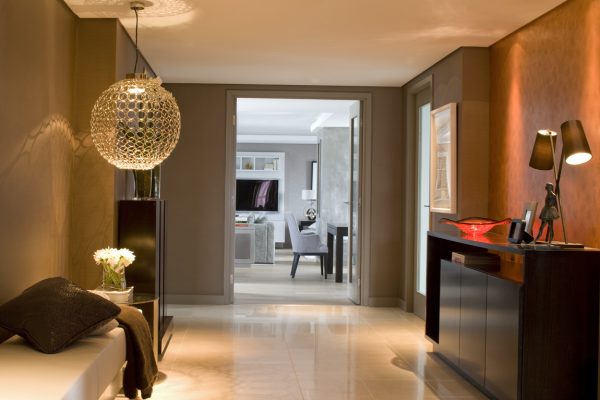
Accreditation
Accreditation helps you or your practice demonstrate a level of expertise. It separates qualified professionals from social influencers and hobbyists.
Read More
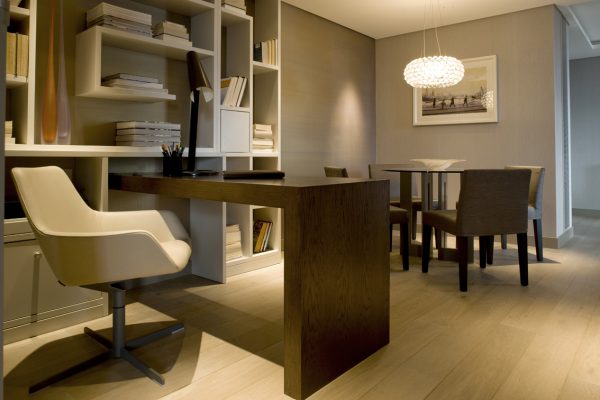
Code of Conduct
The SBID Code of Conduct aims to maintain the global standing of British interior design and improve consumer protection.
